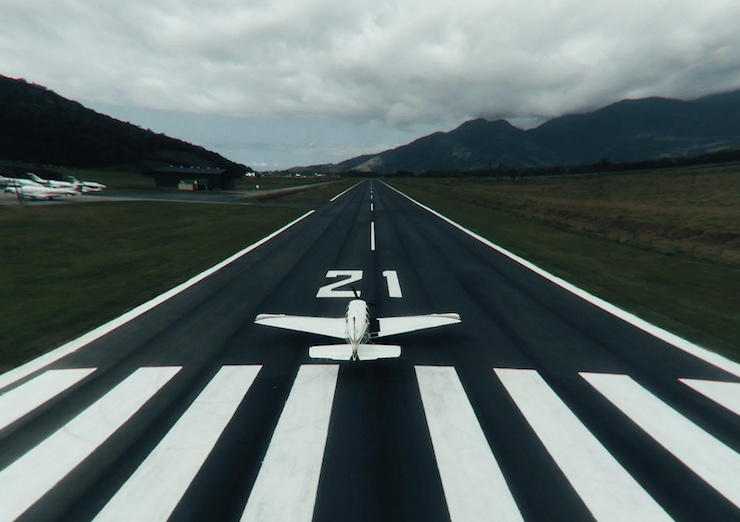
Nearly half of Canada is uninhabited, with many people living in remote communities. Connecting all of these communities to the rest of the world is a network of airports maintained by Canada’s Department of Transportation, Transport Canada. Transport Canada oversees 518 airports throughout Canada, 14 of which are considered international airports. Ensuring that all of the country’s airports are in proper working order is a huge undertaking for Transport Canada, especially since the country has hundreds of small, remotely located airports. Adding to the challenge are the extreme weather conditions that many of these out-of-the-way airports face. This is why a team of researchers from Northeastern University’s Vancouver campus has begun developing a plan to inspect these airports using cutting-edge drone technology.
The project is being led by Michal Aibin, Visiting Associate Teaching Professor of Computer Science at the Khoury College of Computer Sciences. Michal earned his BS and MS in Teleinformatics, followed by a PhD in Informatics from Wroclaw University of Science and Technology in Poland. He has been working in this capacity since 2020 while also holding a position in the Department of Computing at the British Columbia University Institute of Technology in Vancouver. Michal’s biography page at Northeastern University states, “His research interests include the optimization of various processes using adaptive approaches, such as machine learning. His recent focus is on cognitive networking. In particular data analytics, machine learning, and deep learning concepts applied to optical networks to enable cognitive network data analysis.”
In April 2024, Michal and his research team published a paper titled Next-Gen Remote Airport Maintenance: UAV-Guided Inspection and Maintenance Using Computer Vision. In this paper, the team reveals the process they developed to use drones as runway inspection tools for Canada’s remote airports. “Basically, what you do is you start the drone, you collect the data, and — with coffee in your hand — you can inspect the entire runway,” Michal jokingly said. While flying the drone to collect data may be easy, a lot of work went into the project.
One of the first things Michal and his team had to consider was the actual makeup of some of the runways in these remote locations. Unlike airports in major cities, the runways Michal was inspecting were not smoothly paved concrete. Many of Canada’s airports have runways made of gravel that cut across fields often overgrown with vegetation. The team had to develop a computer learning system to account for these types of irregularities. “Our approach integrates advanced deep learning algorithms and UAV technology to provide a cost-effective, efficient, and accurate means of detecting runway defects, such as water pooling, vegetation encroachment, and surface irregularities,” the paper states. “We developed a hybrid approach combining the vision transformer model with image filtering and thresholding algorithms, applied on high-resolution UAV imagery. This system not only identifies various types of defects but also evaluates runway smoothness, contributing significantly to the safety and reliability of air transport in these areas.”
To complete the experiment, Michal and his team worked with Spexi Geospatial Inc., based in Vancouver. Founded in 2018, Spexi offers a range of drone services. Their goal is to use drone technology to create a better world for people. Partnering with Michal’s team and Transport Canada to provide insights on how to keep Canada’s airports safe and efficient is just one step toward achieving that goal. As Michal points out, this project is not limited to airport safety inspections. The system can be easily expanded to inspect a wide range of infrastructure scenarios.
For Michal, one of the biggest successes of the project is the feasibility of drones for Transport Canada inspections. “The need to fly an engineer to the site is no longer needed, which was the ultimate goal,” Michal said. “As long as someone can fly a drone and take images, then it can be sent in the form of a report to speed up the process.” He also notes that in the future, it might be possible to have a drone stationed at each site that can be remotely operated, eliminating the need for a drone operator to travel to an inspection site. In an era where technology continually reshapes our approach to complex challenges, Michal Aibin and his team’s innovative use of drone technology exemplifies how we can enhance safety and efficiency even in the most remote corners of the world, paving the way for a more connected and resilient Canada.
|